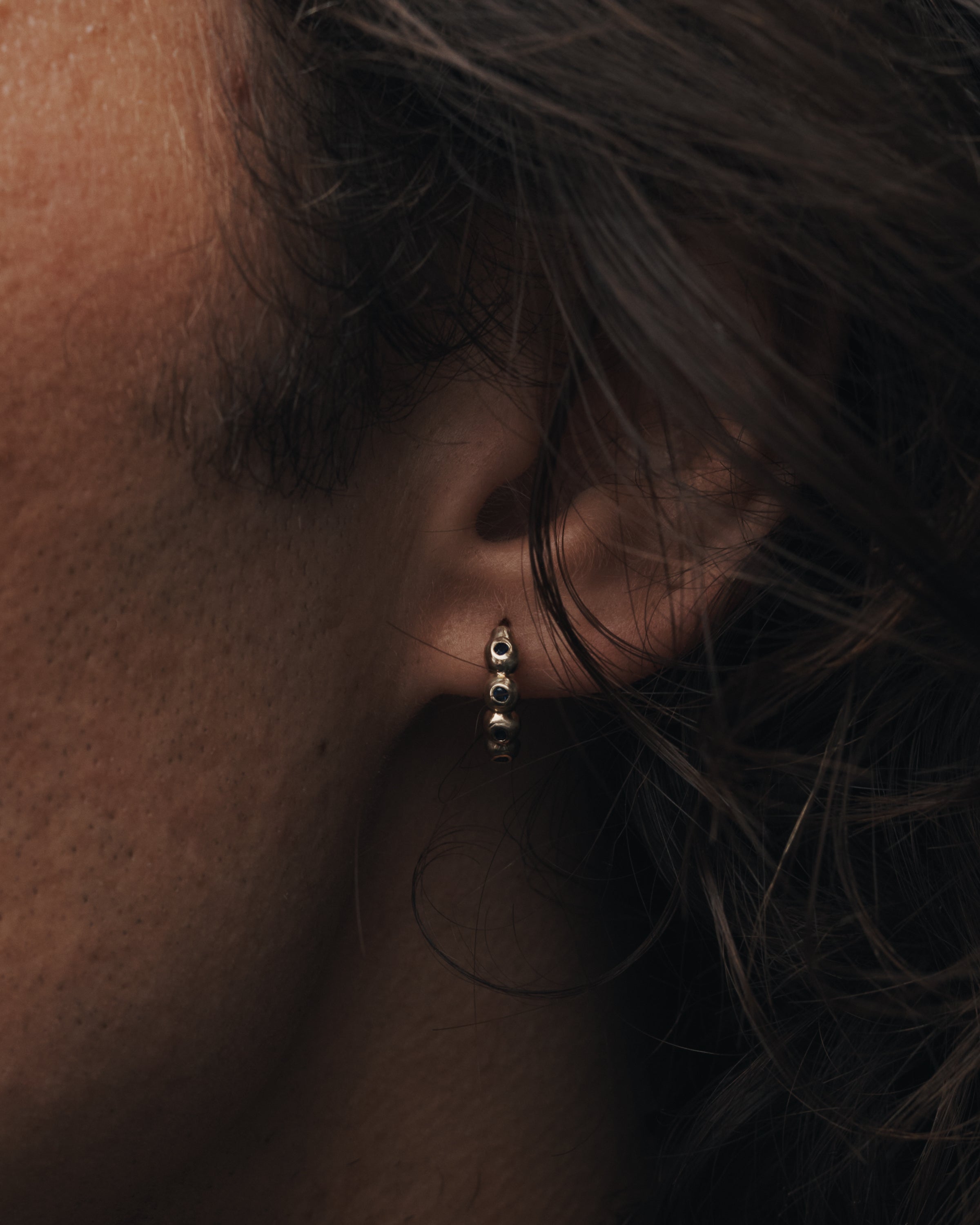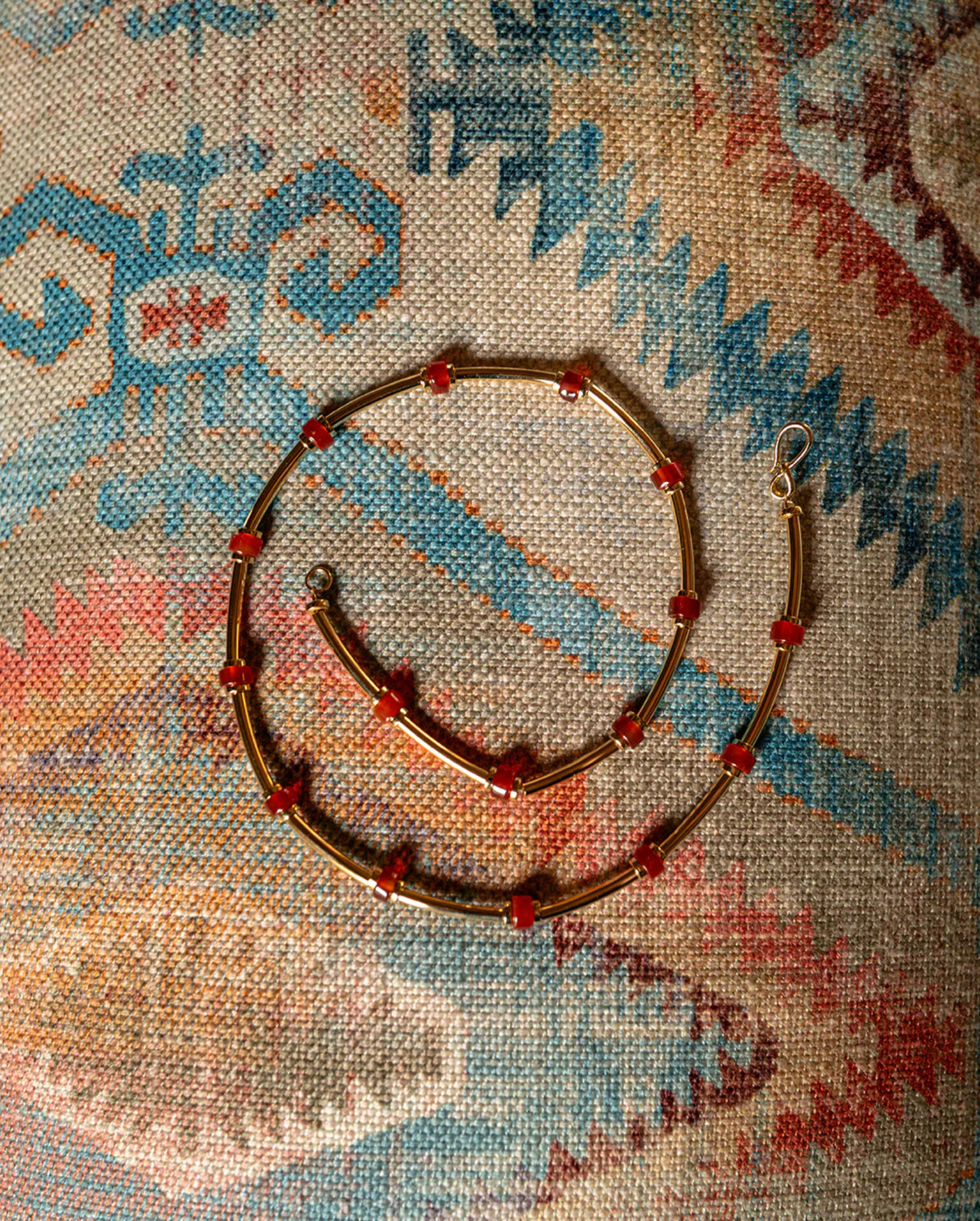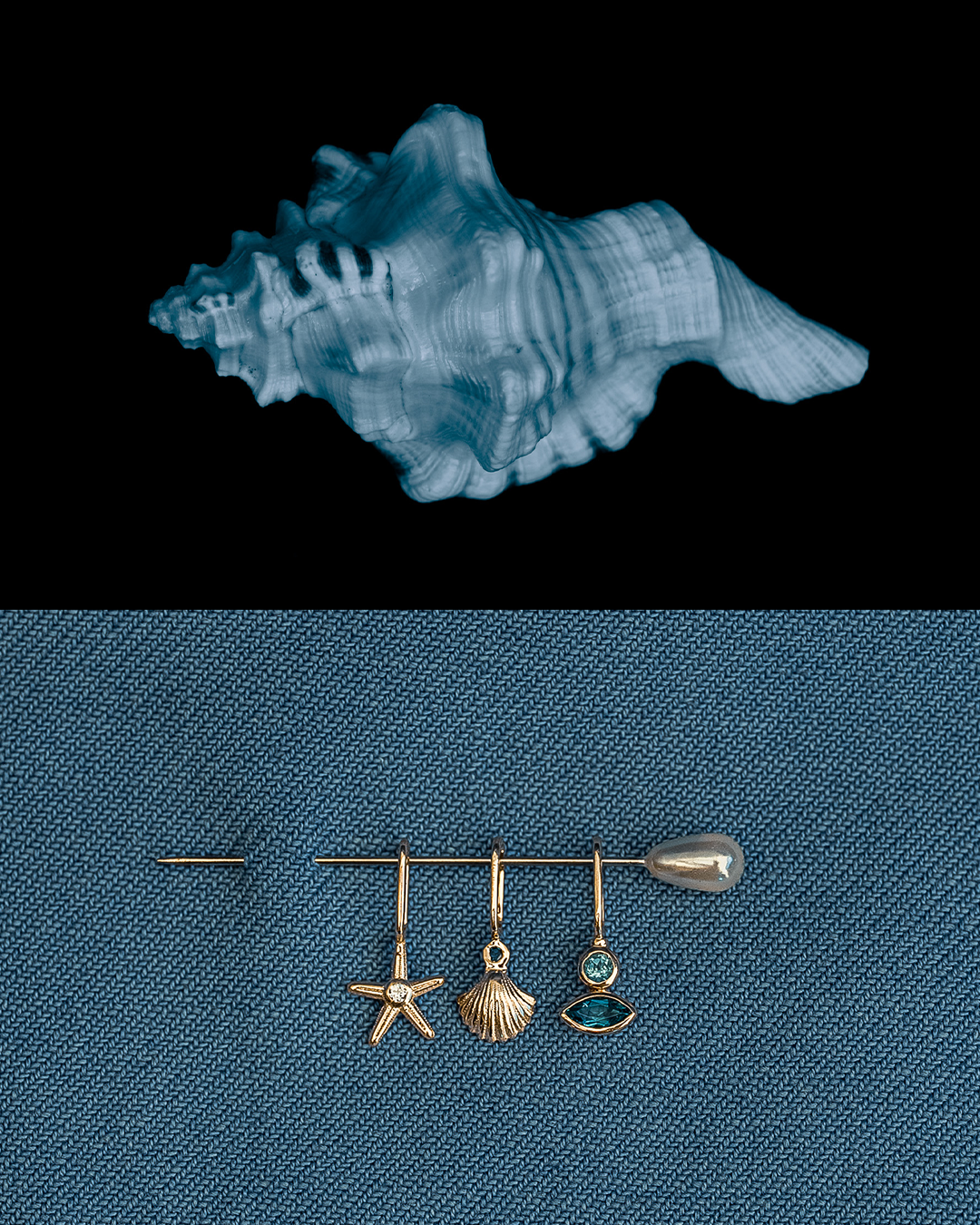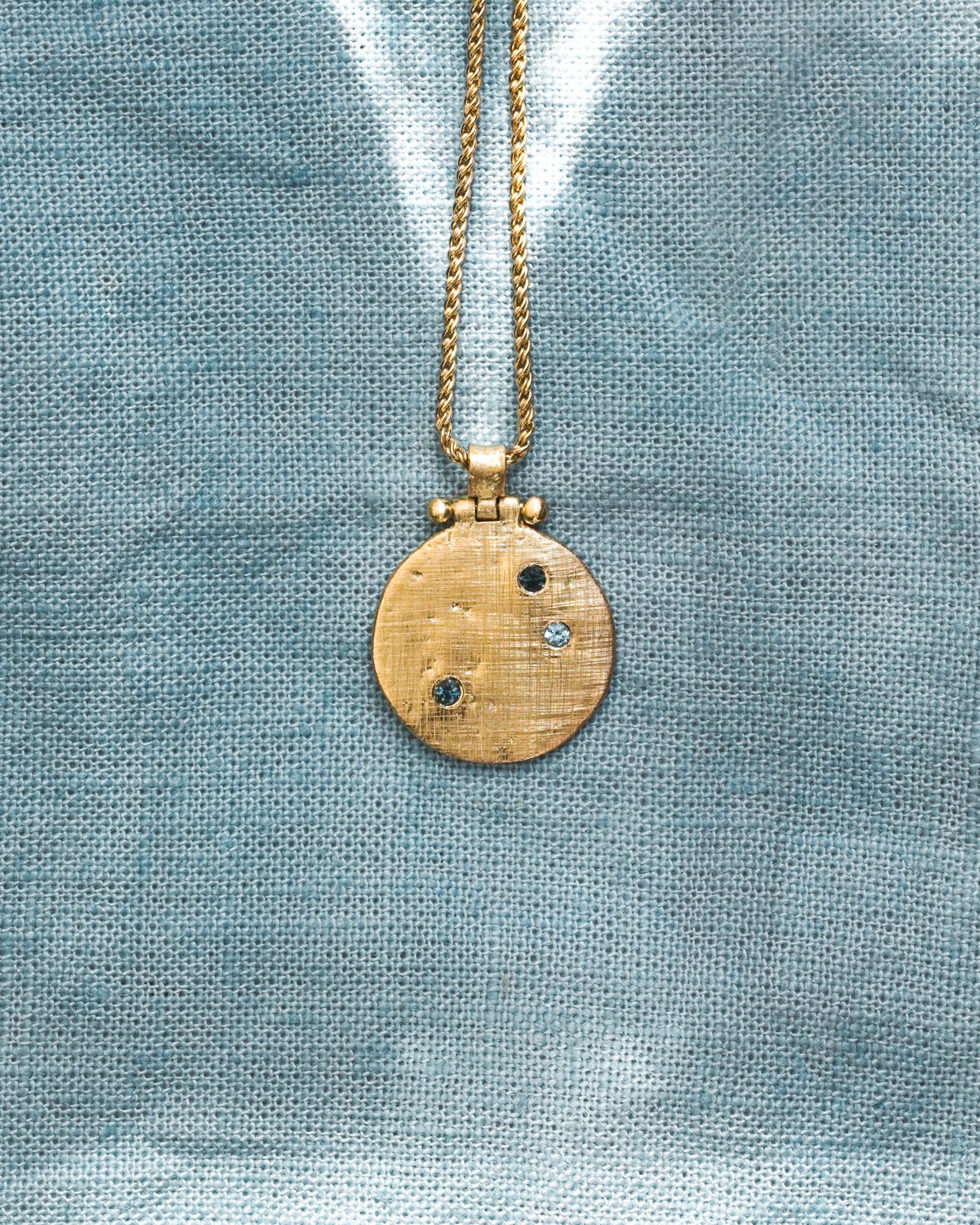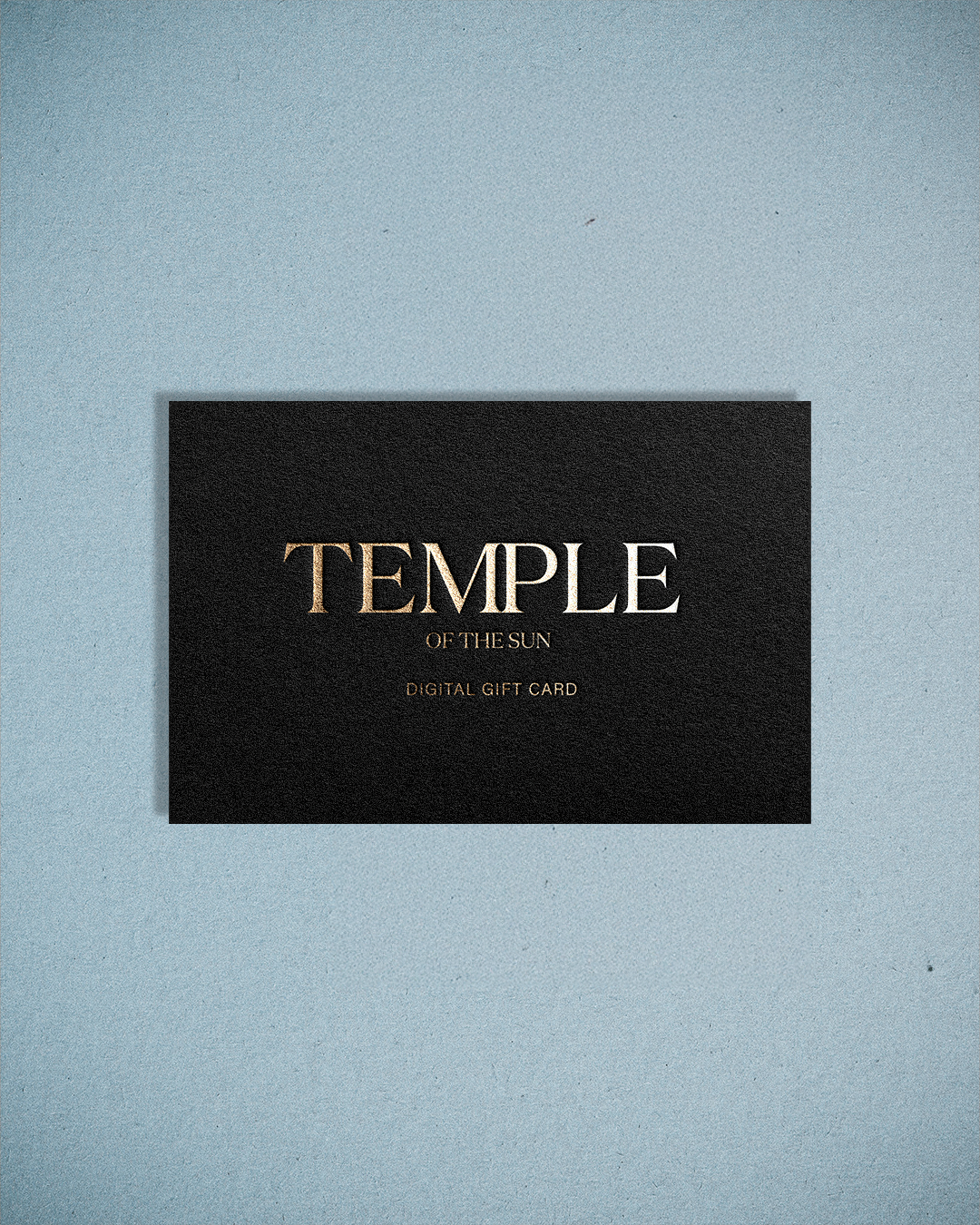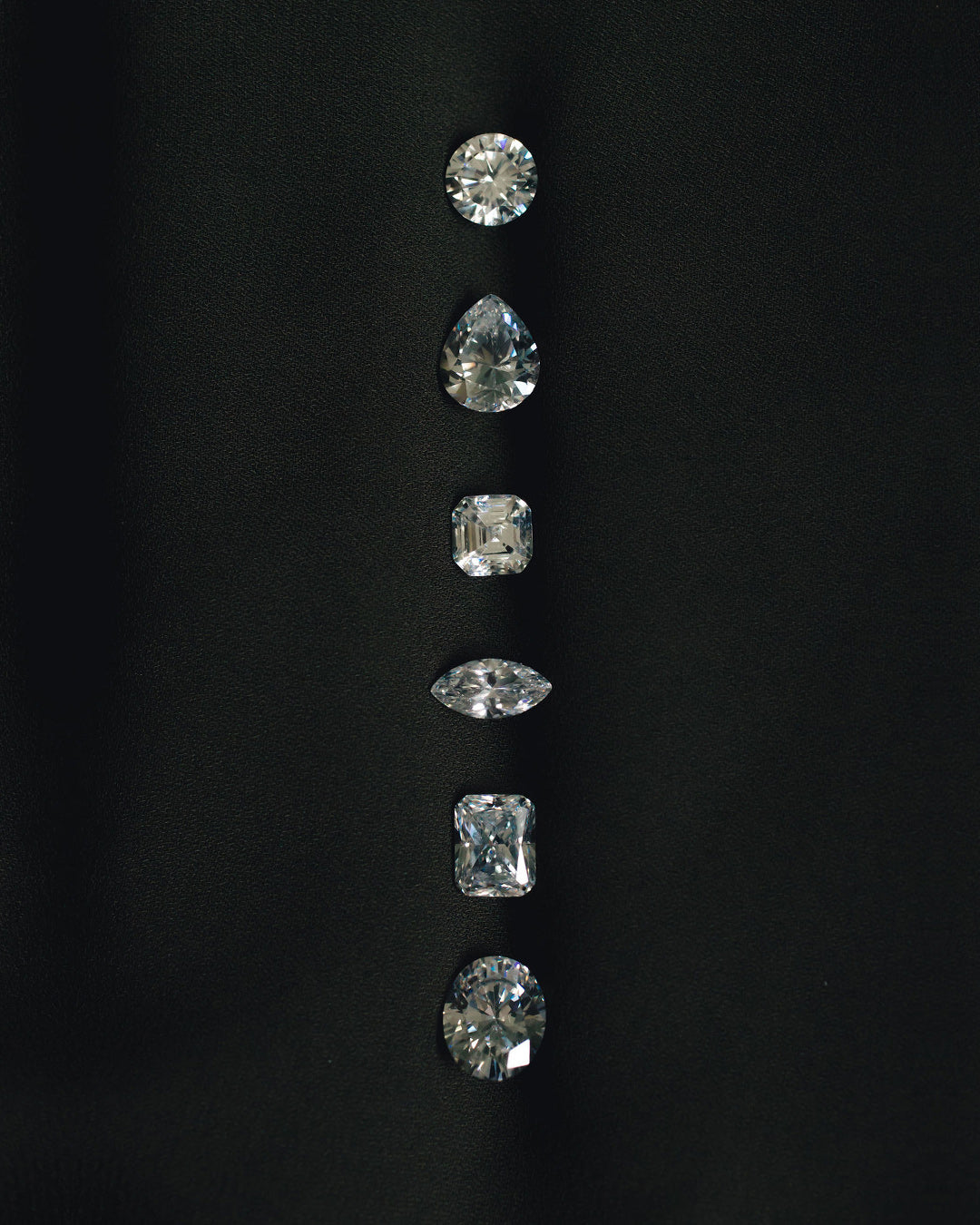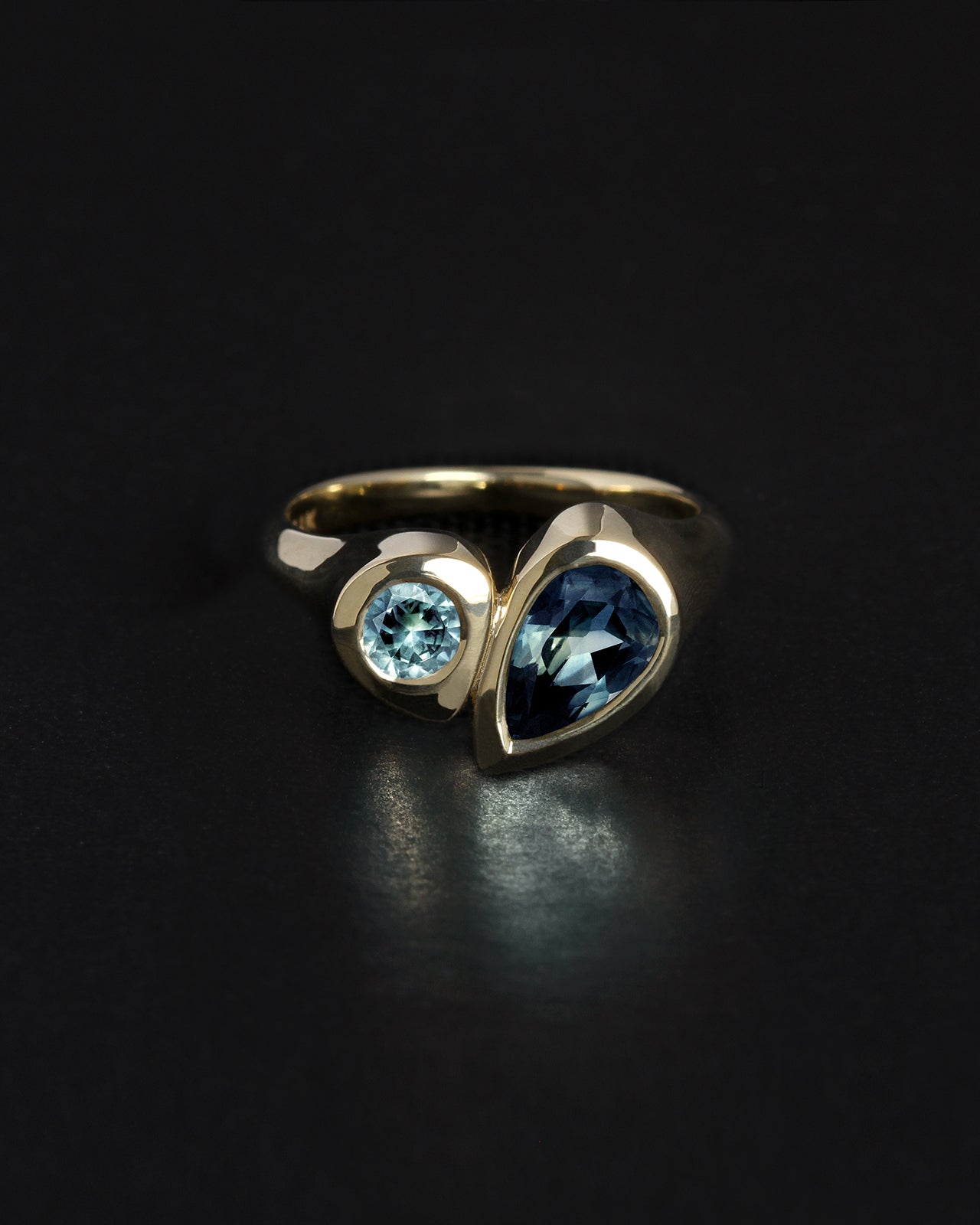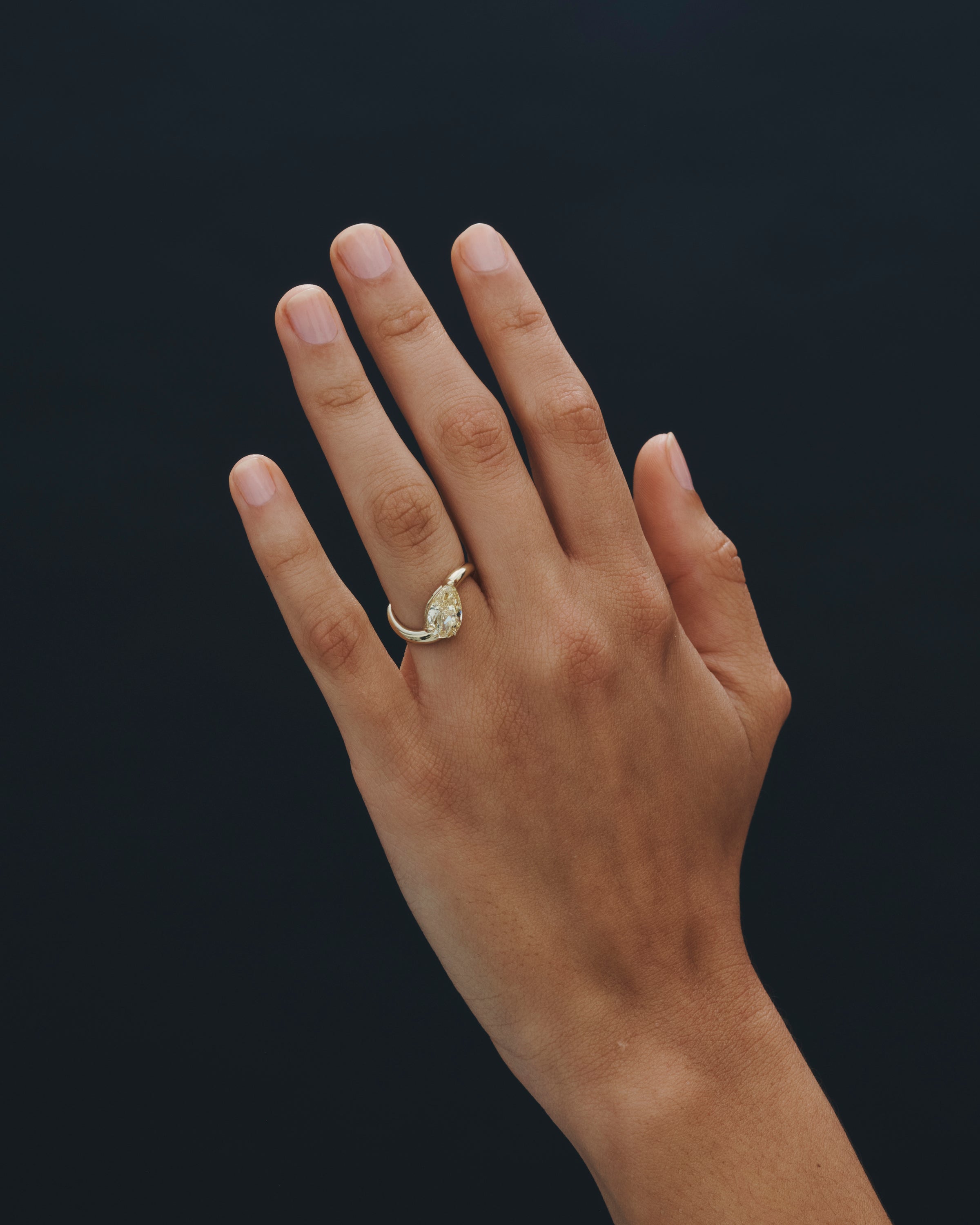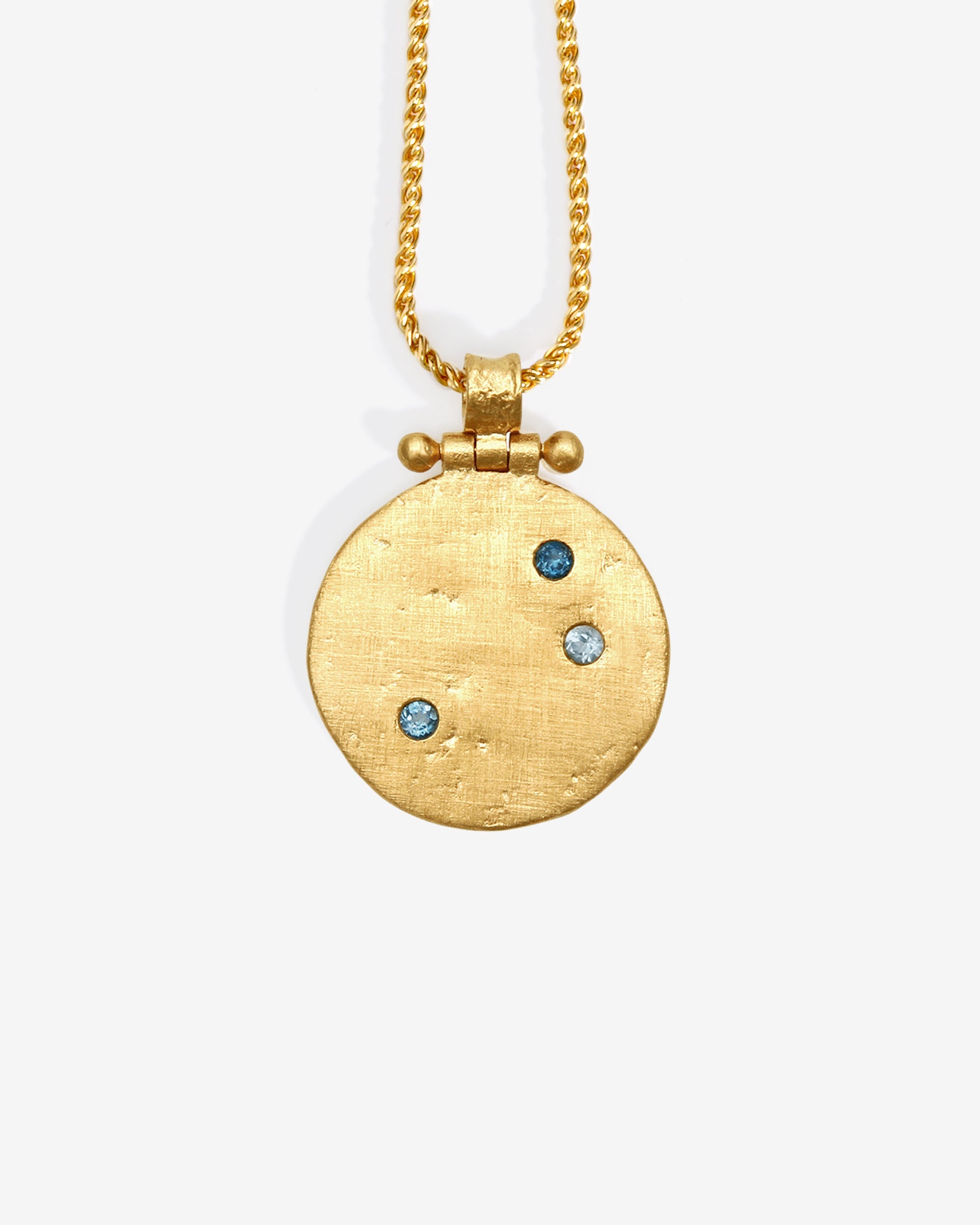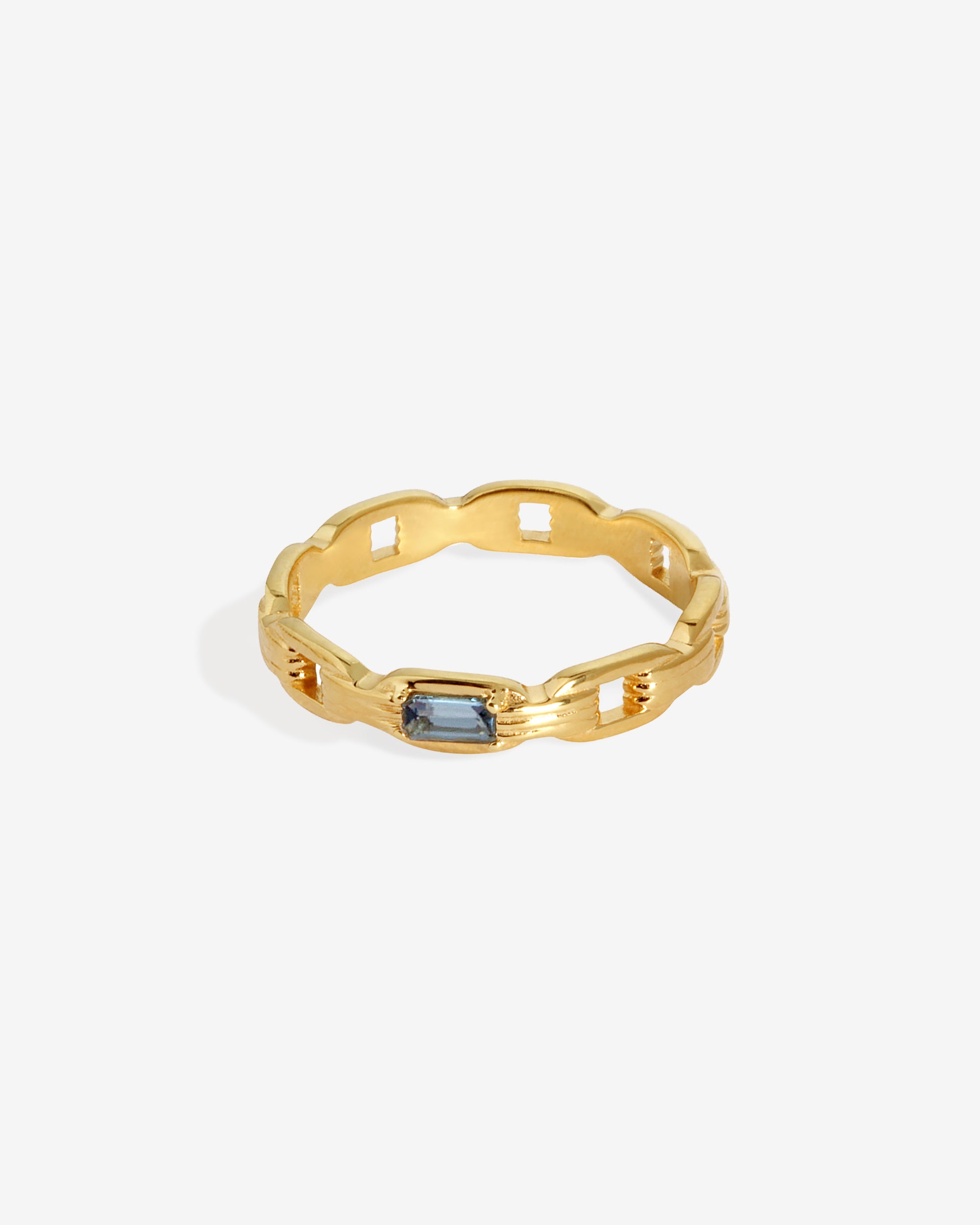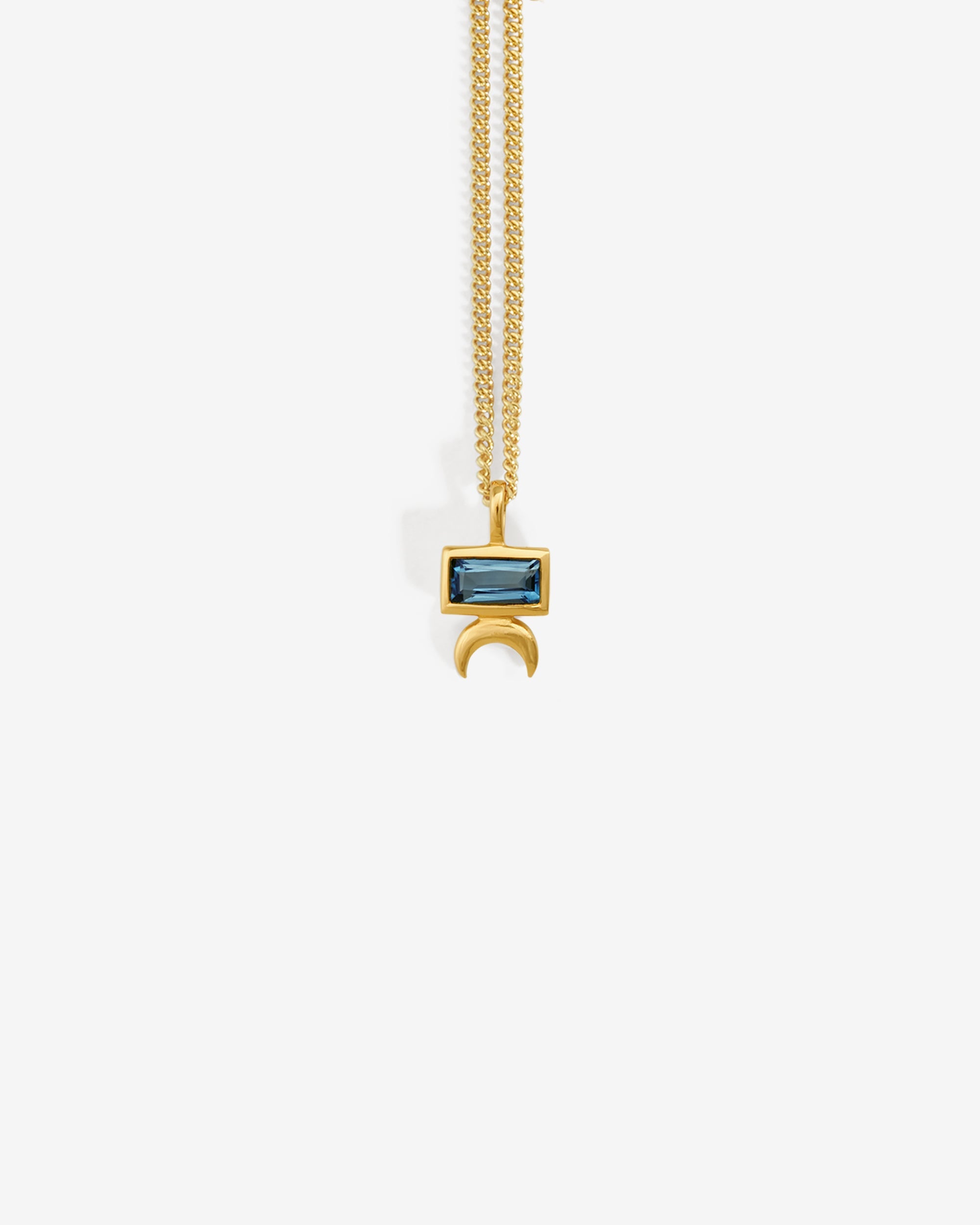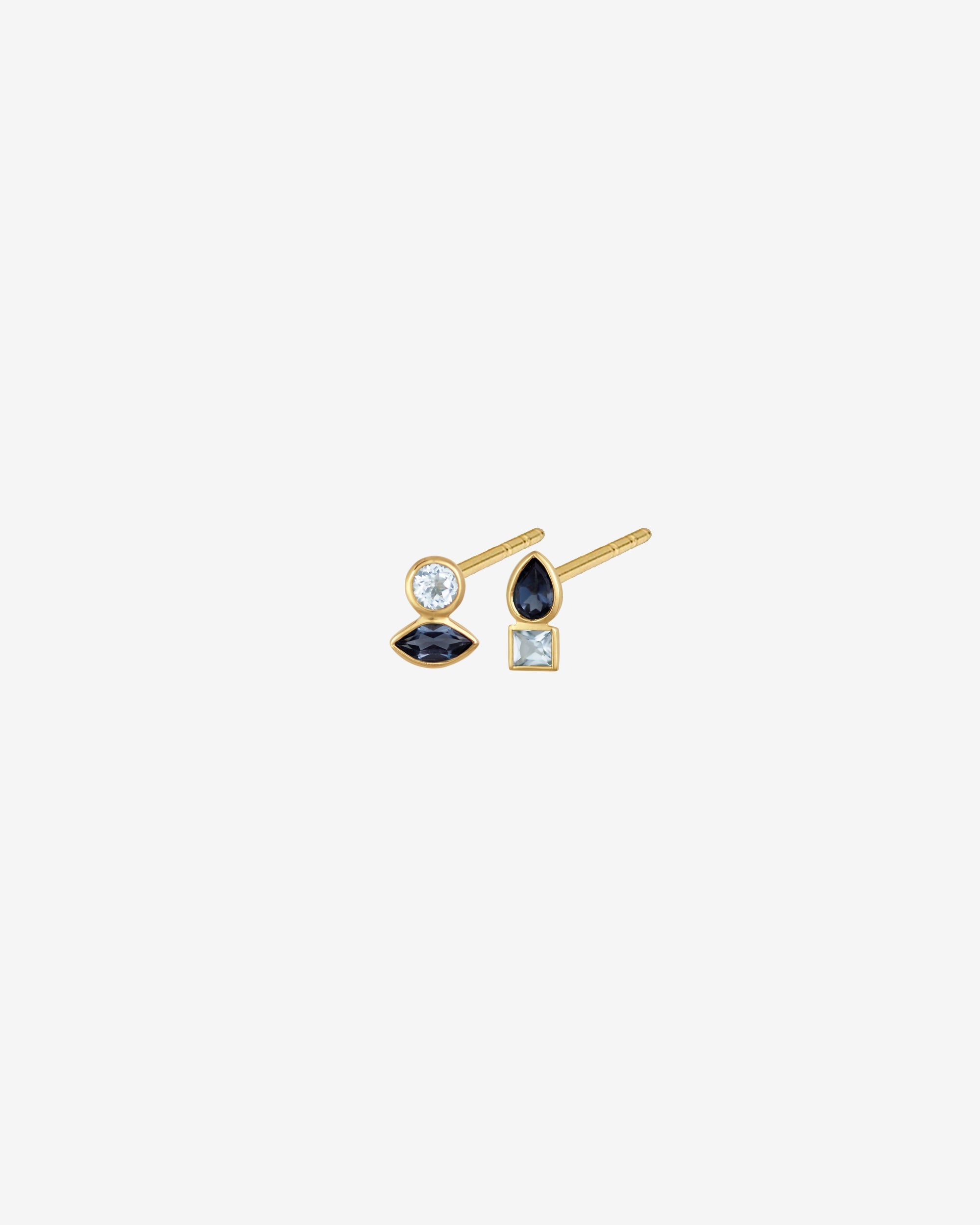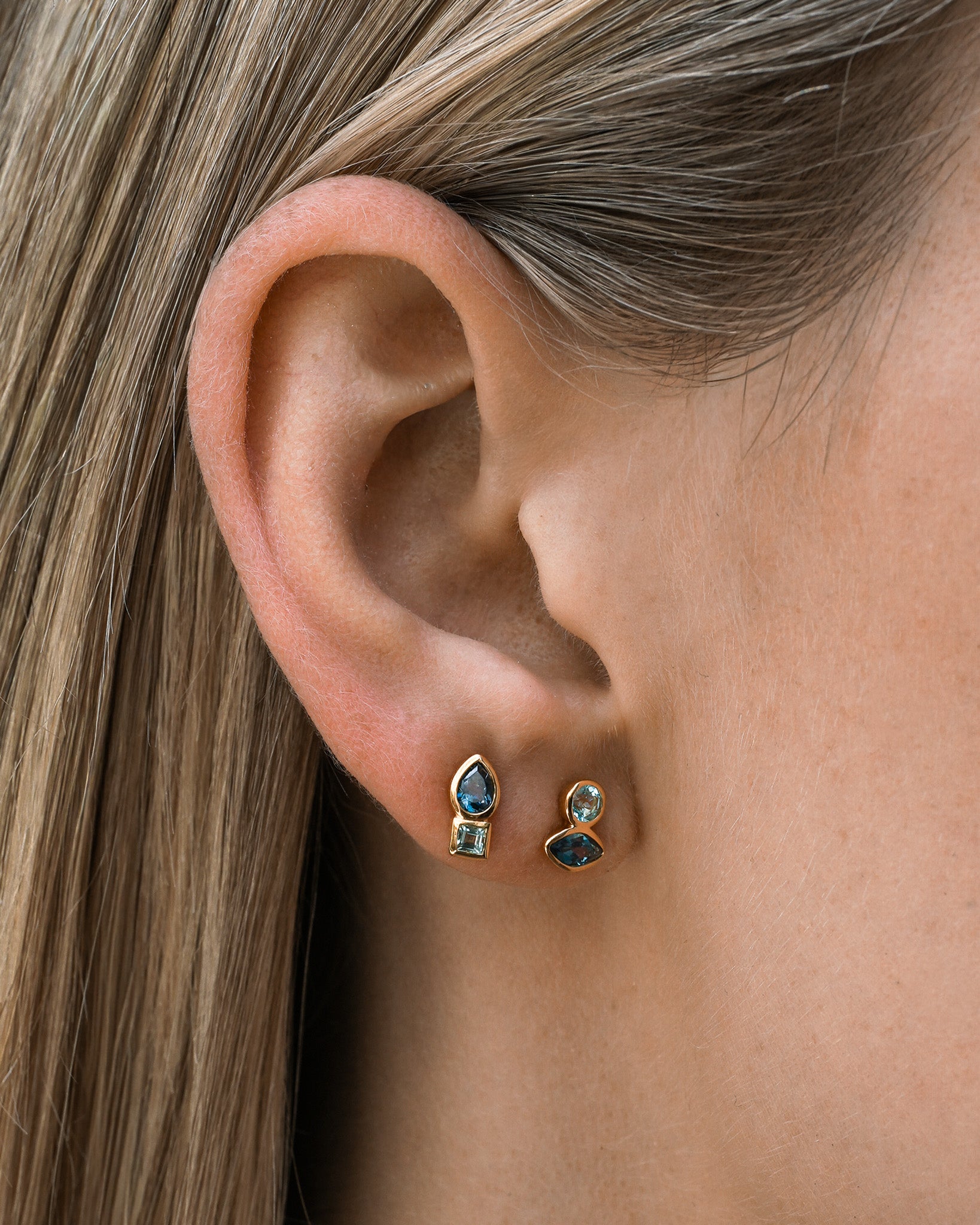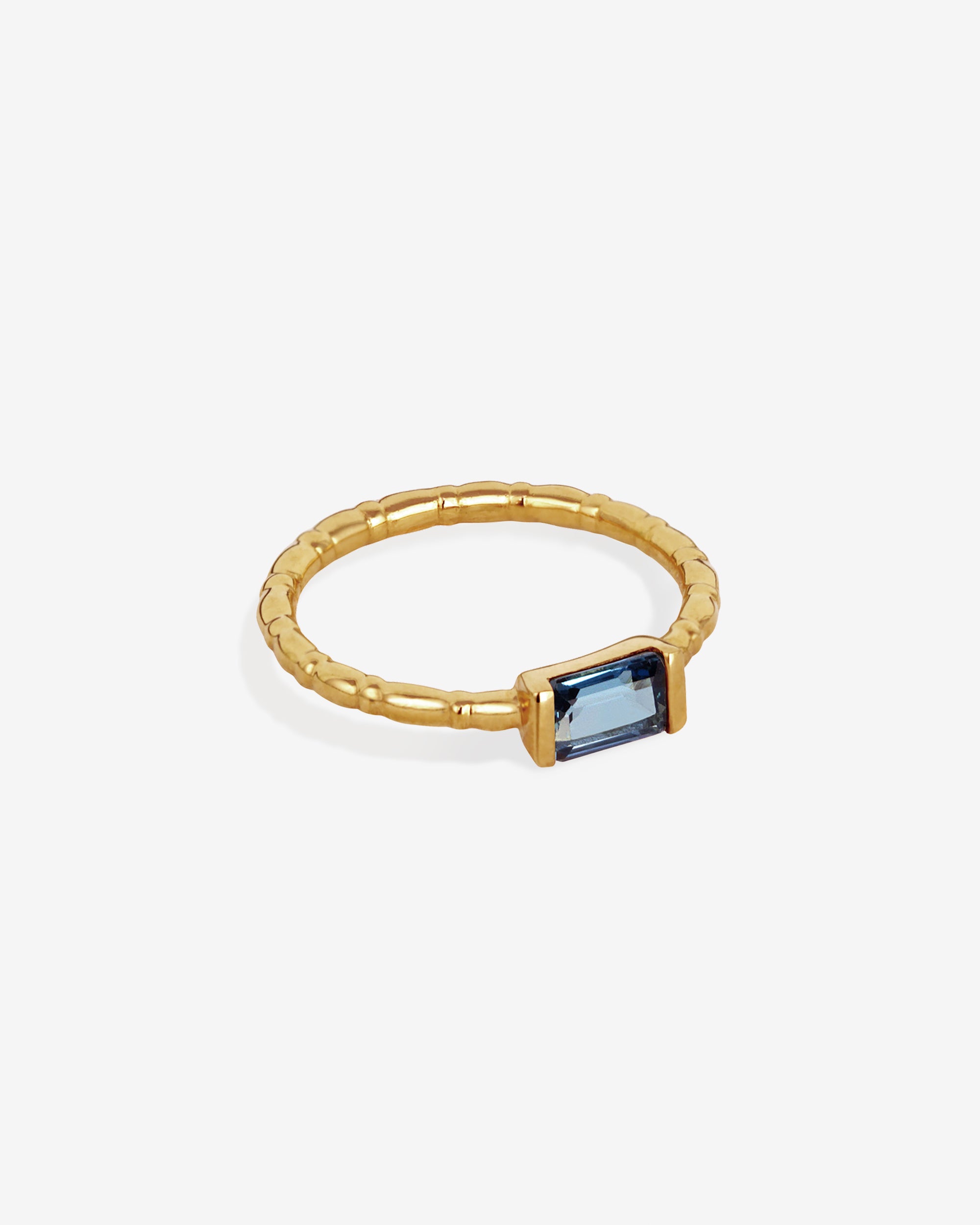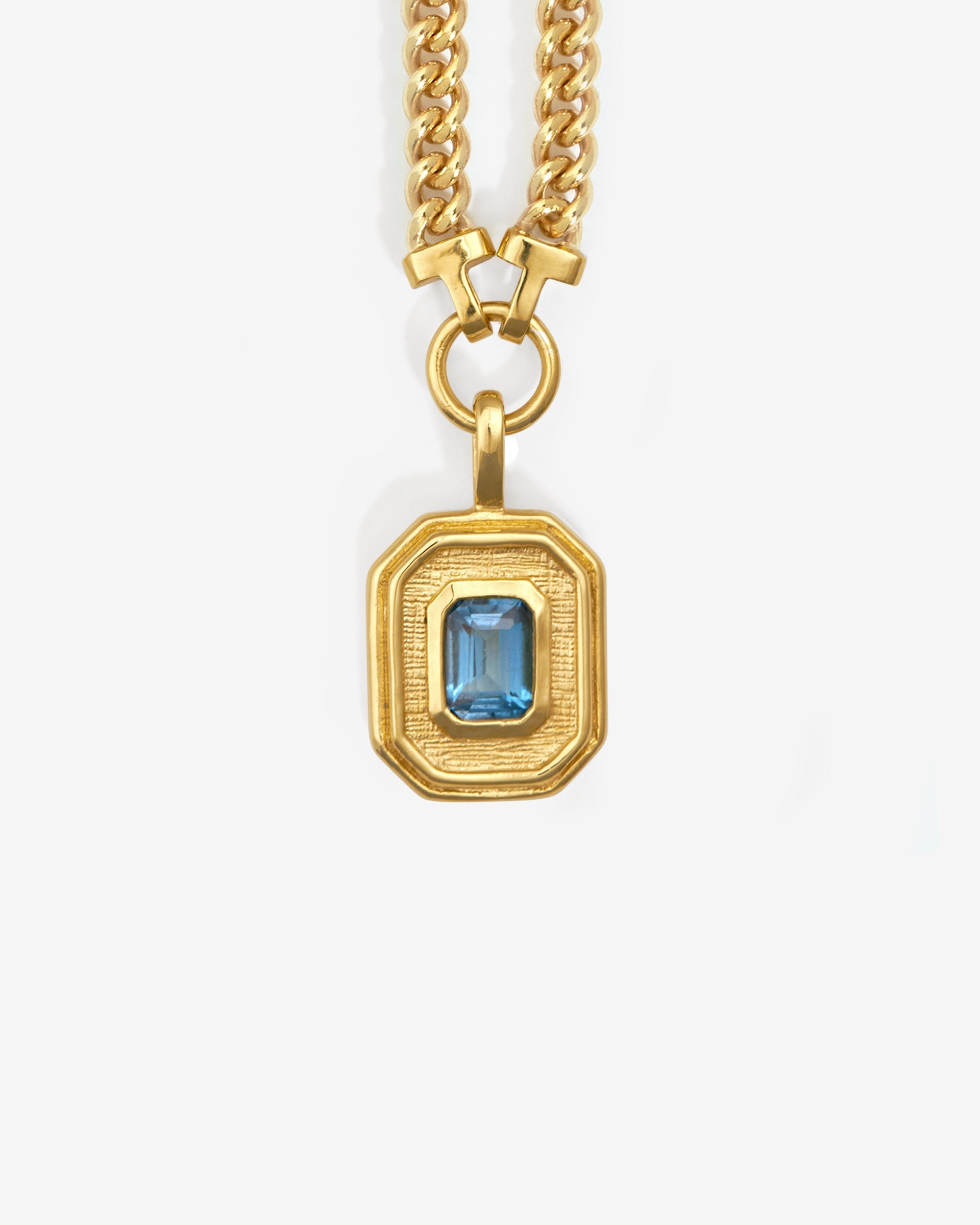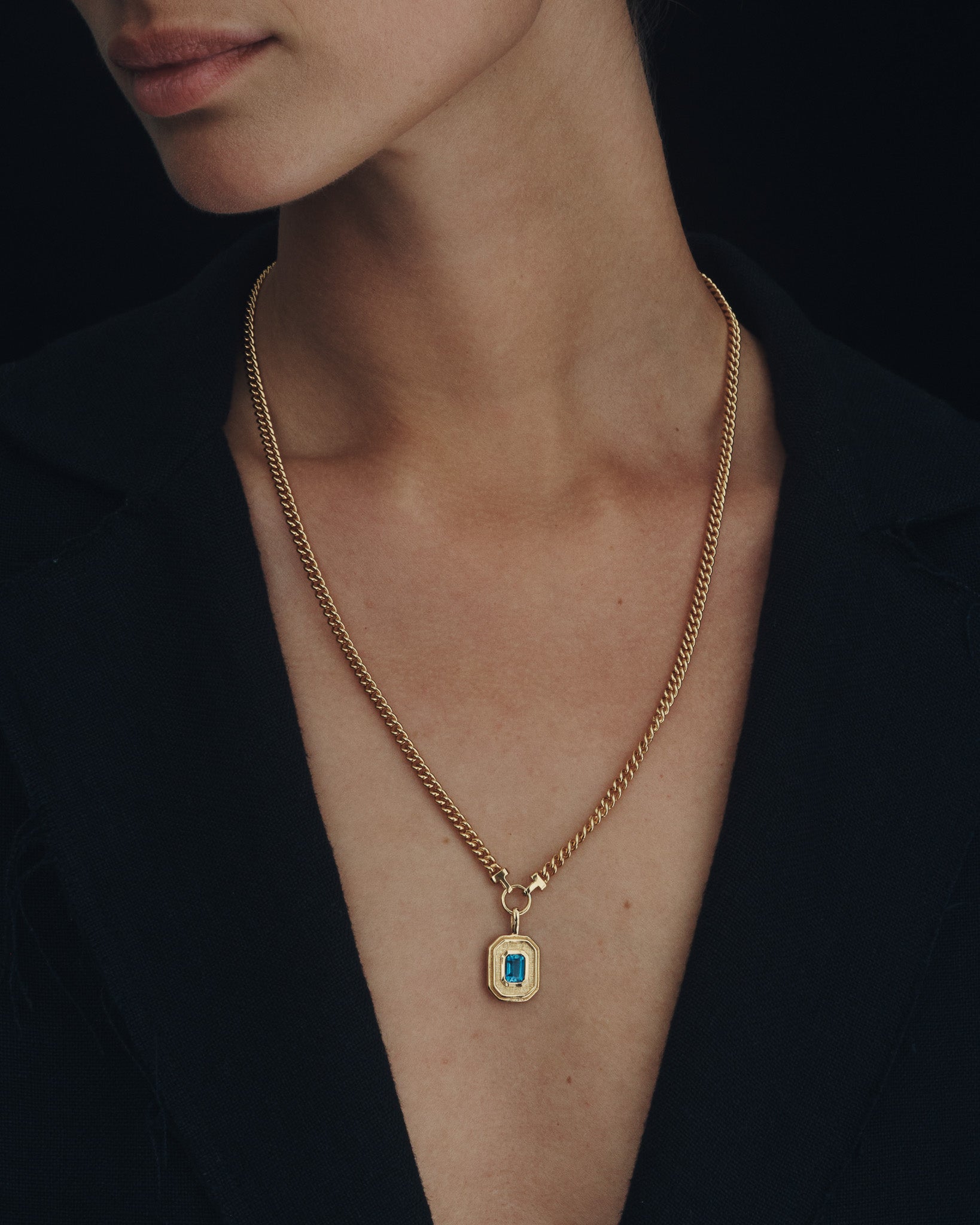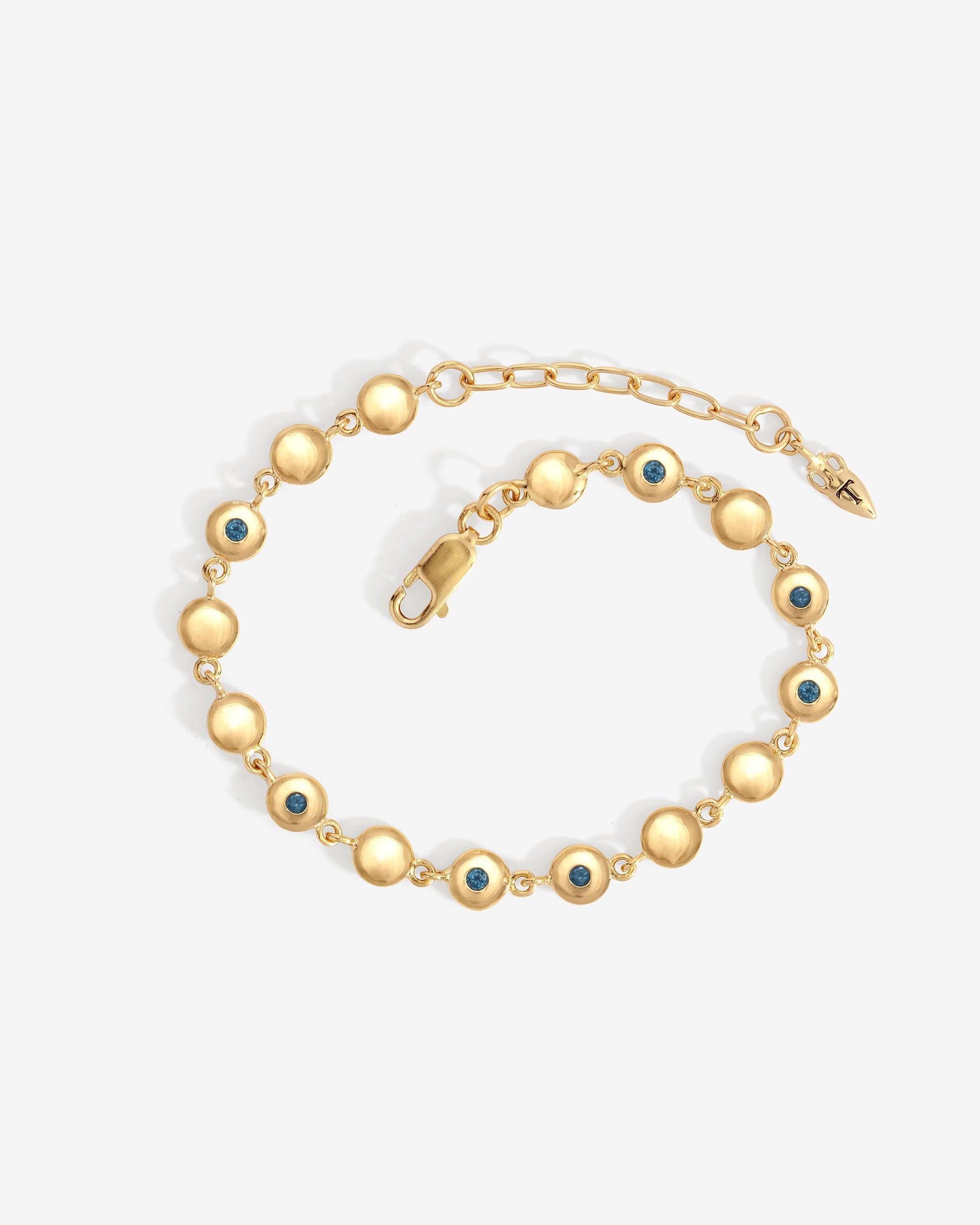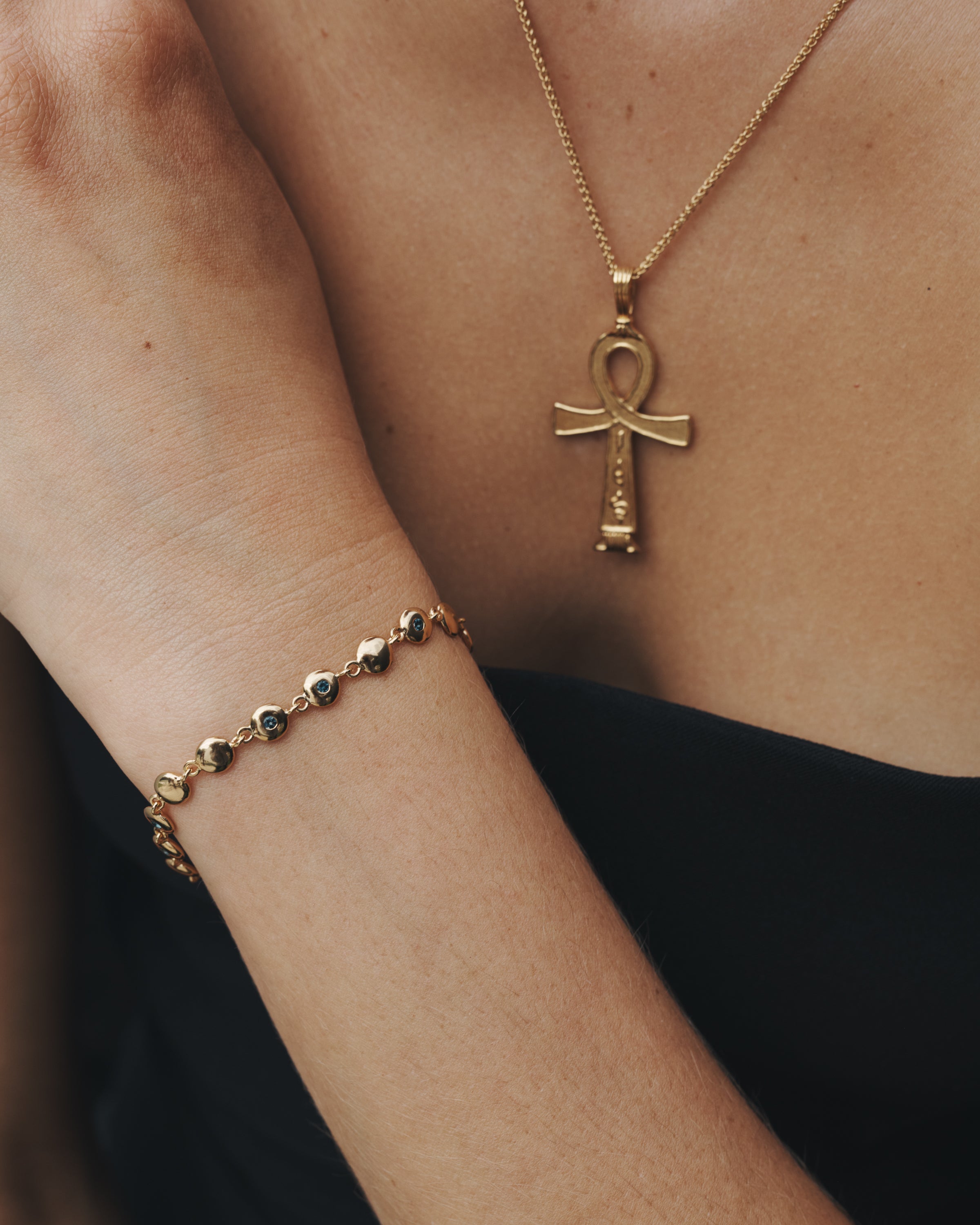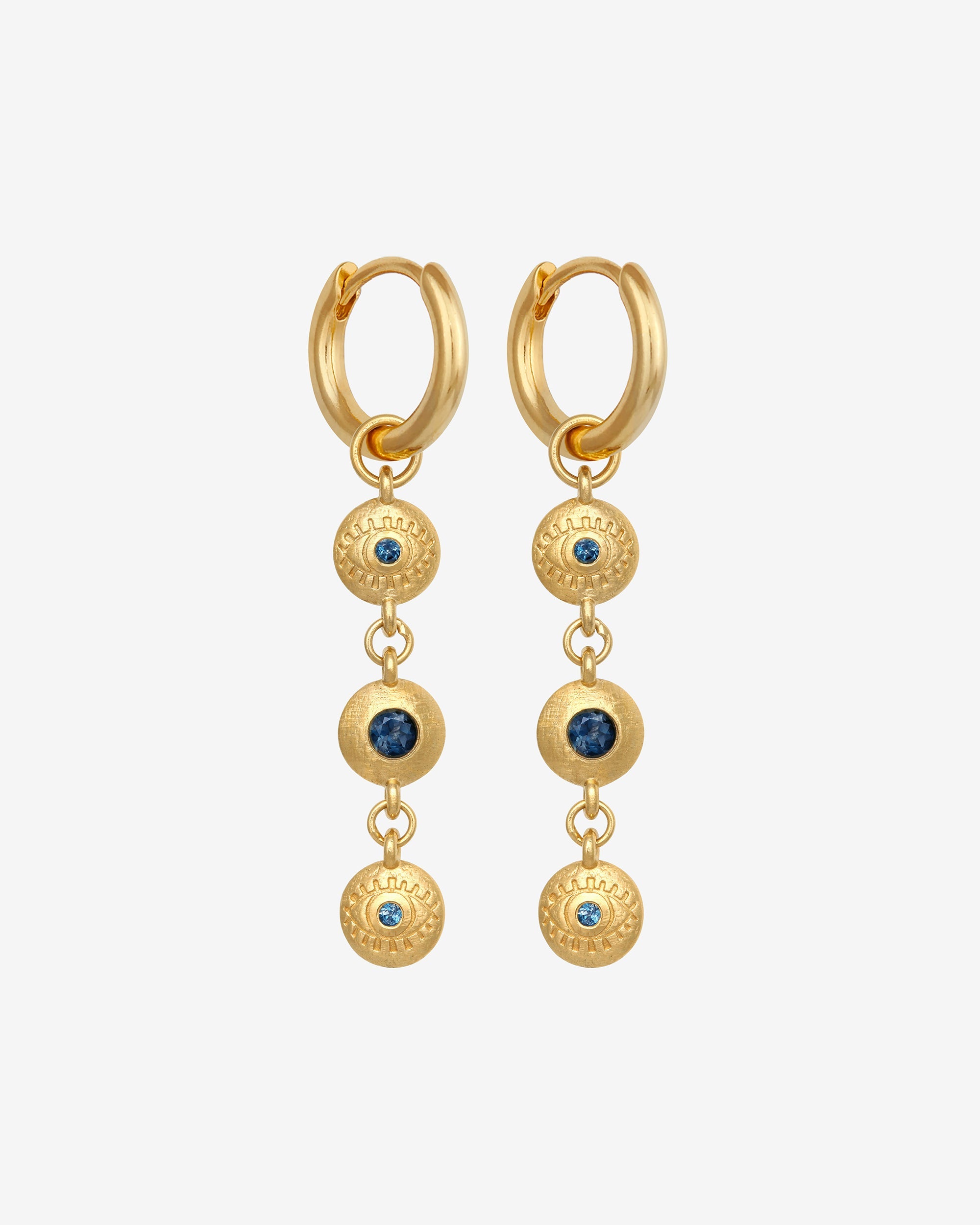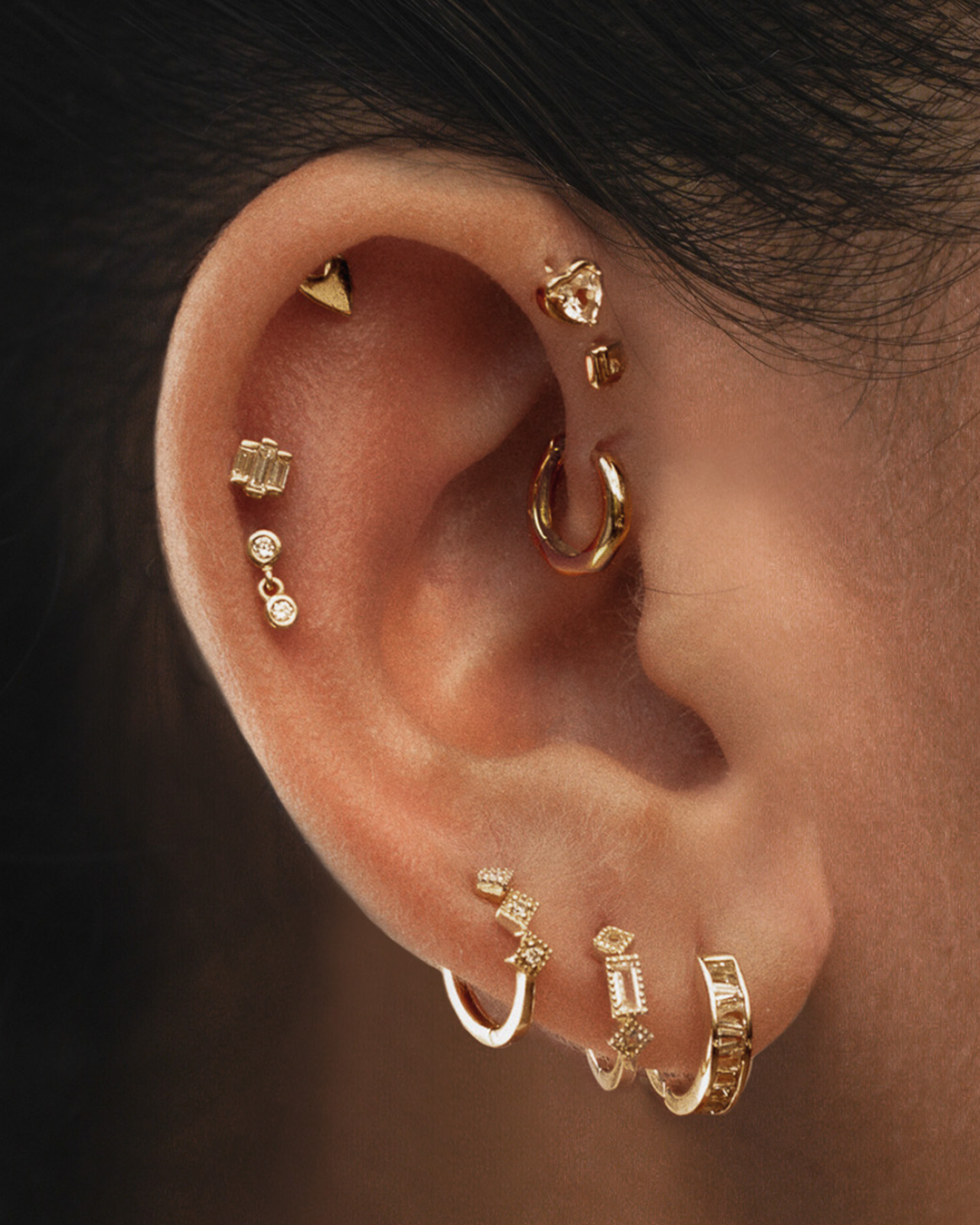The history of Topaz
Topaz is named after the Greek Island of Topazios, now known as Zabargad or St Johns Island, a small island in the Red Sea where in ancient times shimmering yellow stones now thought to be Chrysolite or Peridot, were mistaken for Topaz. Some have also traced the name Topaz from the sanksrit words topas or tapaz which means heat or fire. Topaz is a prominent gemstone throughout history, renowned for its healing properties and as a provider of wisdom and knowledge. In Ancient Egypt, Topaz was believed to protect the wearer as it was coloured by the glow of Ra, the Sun God and giver of life; while Ancient Greek and Romans used the stone to heal injuries and endow strength. Topaz is a sacred stone for Hindus, who believe in the gemstone’s protective abilities and that wearing a Topaz pendant would bring wisdom and longevity to the wearer’s life.
Where is Topaz from?
The first Topaz stones were found in Germany in 1737, and a large Topaz was discovered in Brazil in 1740 which was initially mistaken for a diamond. Topaz can be found in deposits all around the world including Central, South and East Asia, Europe, South America, North and Central America.
The properties of Topaz
London Blue Topaz Stones have healing qualities of cooling tempers, calming nerves, and helping with emotional balance and tranquillity. Partly due to its calming and stabilising ability, coupled with an ability to enhance creativity, this stone is especially good for communication and for artists in all media.




